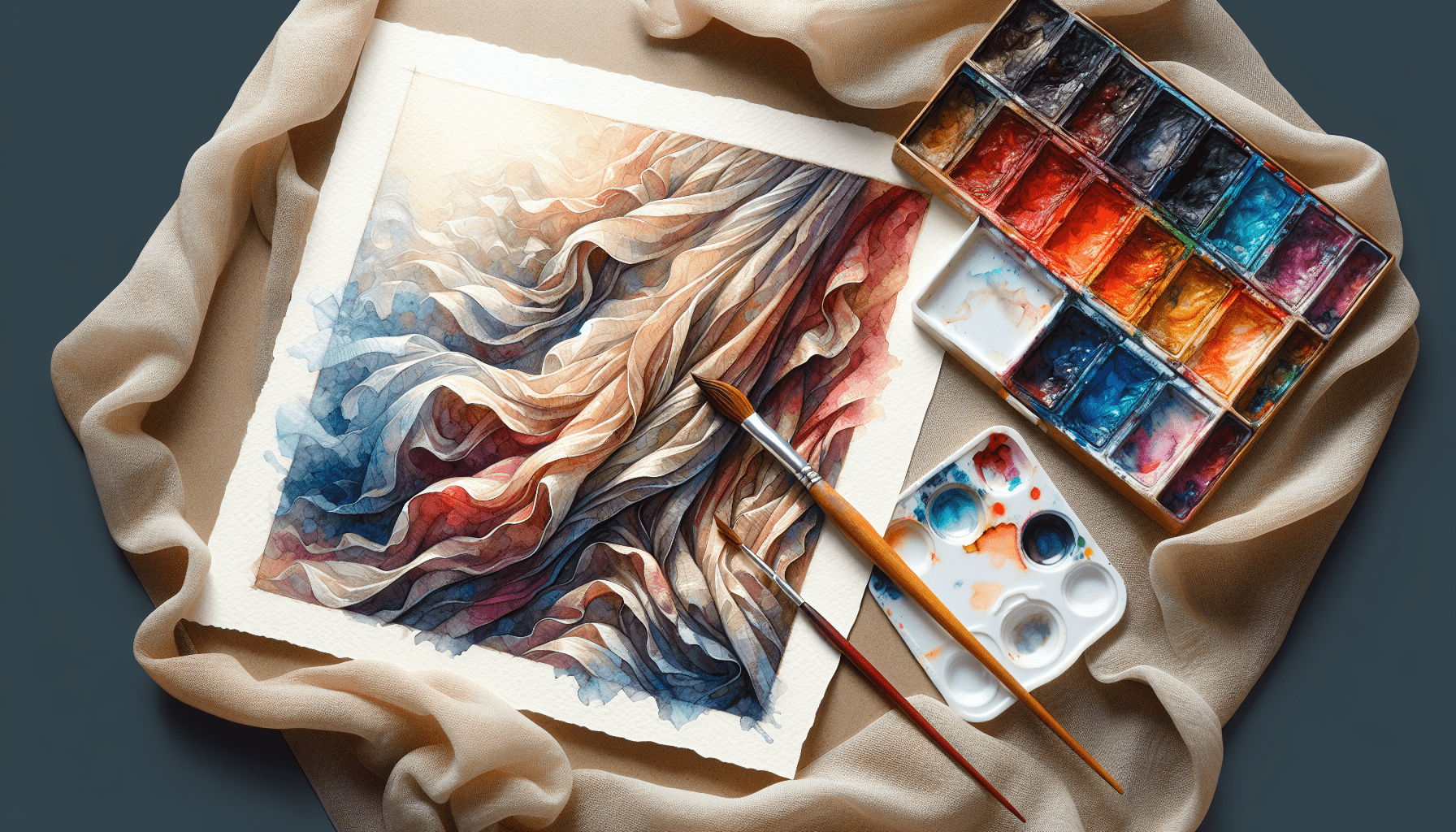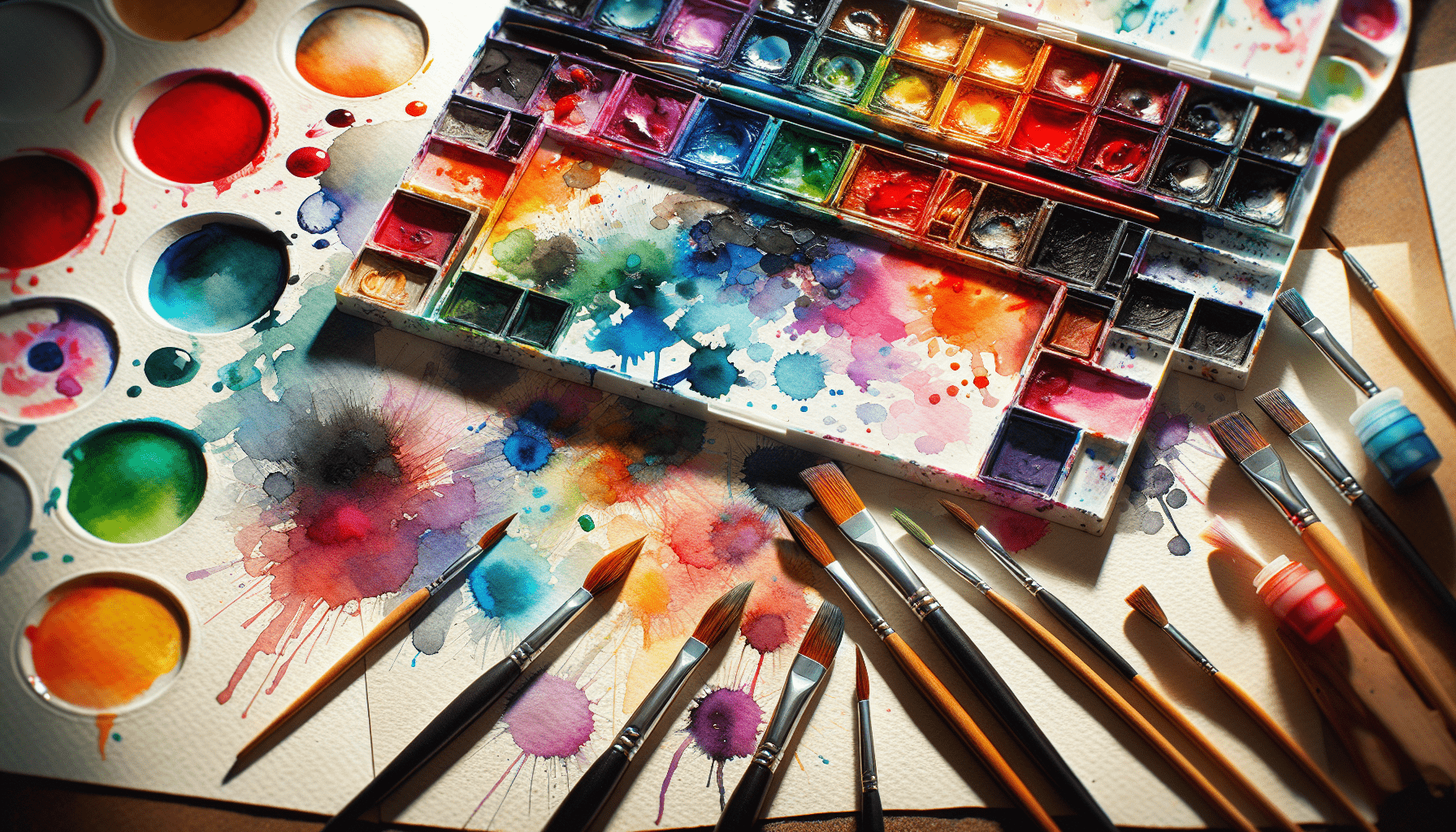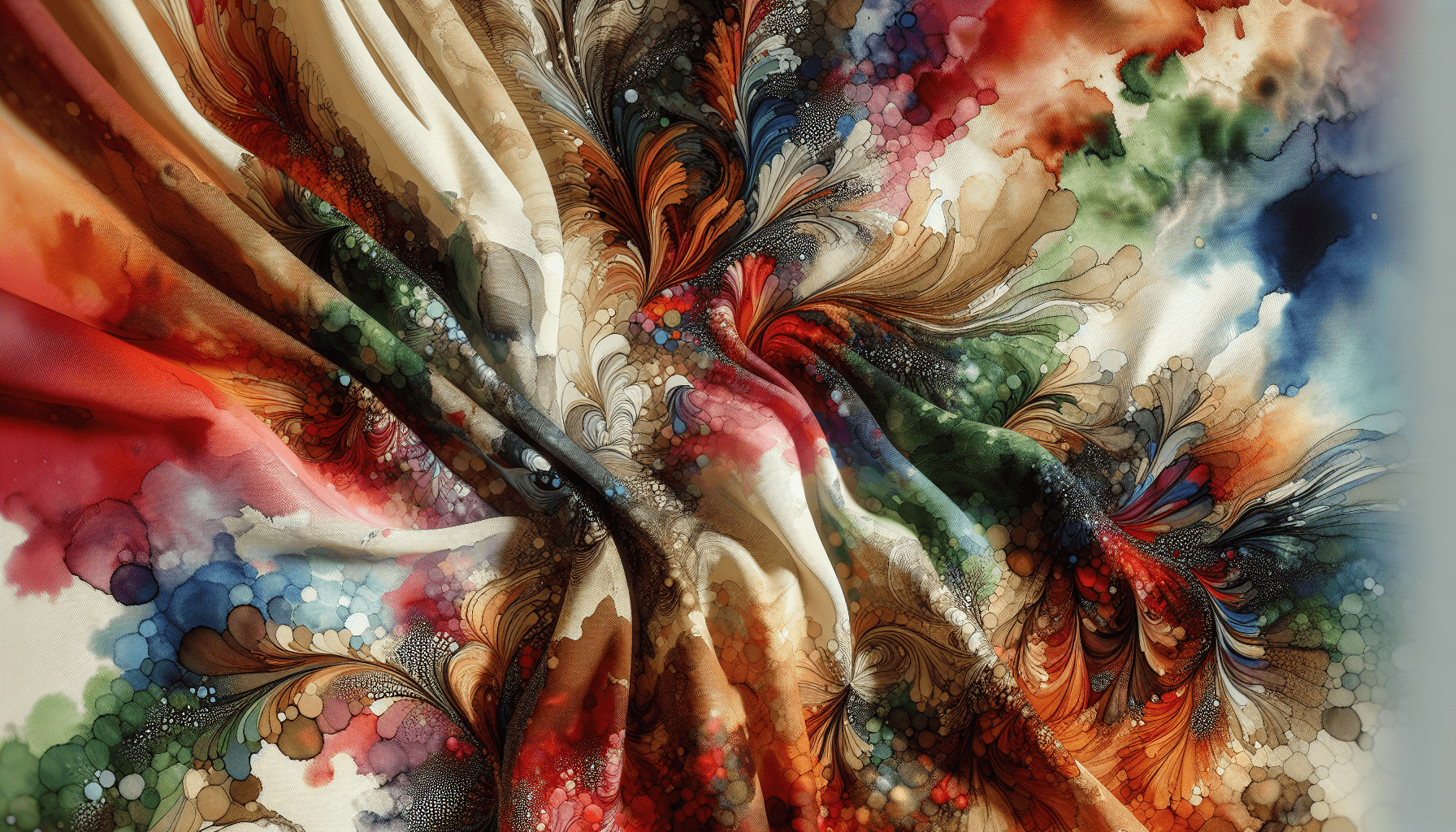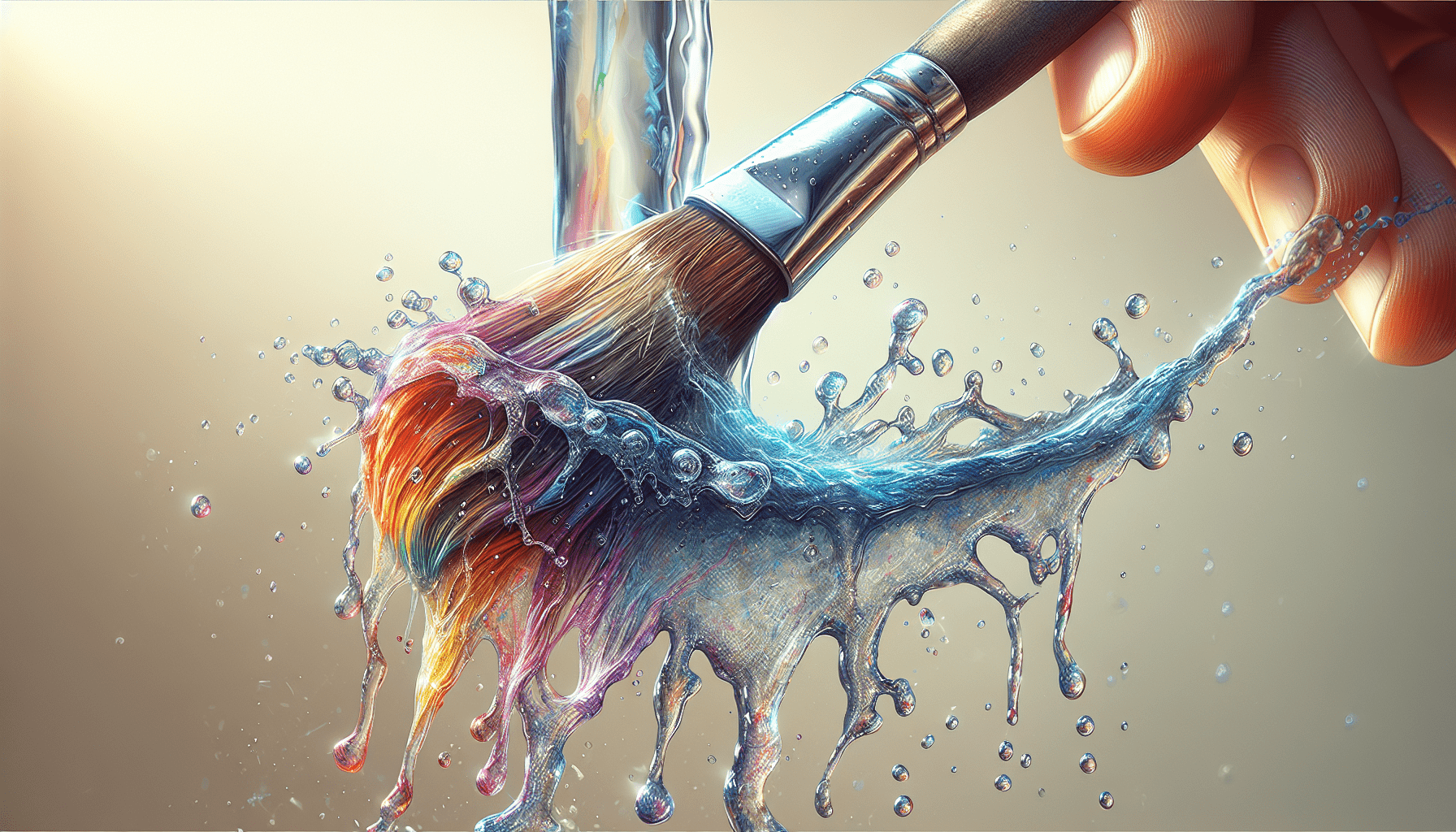Have you ever wondered how to capture the intricate folds and undulations of fabric in watercolor? Mastering the skill of painting fabric folds can elevate your artistry, adding depth and realism to your work. Painting folds in fabric is not merely about replicating what you see; it’s about understanding how light interacts with the material and translating that onto paper.
Understanding Fabric Folds
Before you even consider putting brush to paper, it’s crucial to grasp the basic principles of fabric folds. The way fabric folds are primarily influenced by gravity, the texture of the material, and its inherent stiffness or fluidity.
Types of Fabric Folds
Various types of folds can occur in fabric, each with distinct characteristics. Understanding these fold types can help you accurately represent them in your paintings.
| Type of Fold | Description | Example |
|---|---|---|
| Pipe Fold | These are simple curved folds that occur when fabric drapes from a single point. | Curtains, Drapes |
| Zigzag Fold | Characterized by a series of sharp, angular changes in direction. | Pleated skirts, Accordion pleats |
| Spiral Fold | Folds that occur in materials twisted around a cylindrical object. | Twisted towel, Draped scarves |
| Drop Fold | Occur when fabric falls or drops over an edge, creating a distinct overhang. | Tablecloths, Draped sleeves |
| Interlocking Fold | When multiple folds overlap and intersect. | Tight-packed drapery, Layered clothing |
Understanding these primary fold types is the foundation for beginning to paint them effectively.
Preparing Your Workspace
A well-prepared workspace is essential for successful watercolor painting. Here are some key steps to get you started.
Materials You Will Need
Ensure you have all necessary materials at hand before starting your painting session.
| Material | Purpose |
|---|---|
| Watercolor Paper | Provides the base for your painting. High-quality paper ensures better absorption and reduces warping. |
| Watercolors | Your primary medium. A range of colors allows for greater flexibility and depth. |
| Brushes | Various brushes for different techniques; round brushes are particularly useful for folds. |
| Palette | For mixing your watercolors. A ceramic palette is ideal for its non-absorbent nature. |
| Water Container | Essential for cleaning brushes and wetting your watercolors. |
| Pencil and Eraser | For sketching out your fabric folds before painting. |
| Paper Towels | Useful for correcting mistakes and blotting excess water. |
Setting Up
A well-lit area will help you better see the subtle shifts in color and light. Arrange your materials within easy reach, and ensure your paper is securely fixed to your working surface to prevent movement or warping during the painting process.
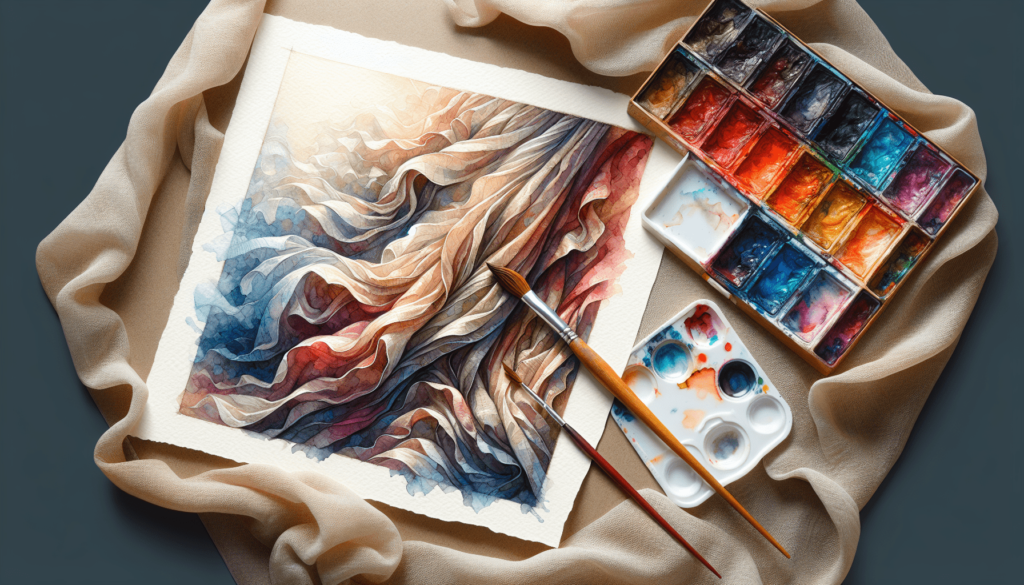
Sketching Your Folds
Accurate sketching often forms the backbone of a successful watercolor painting. Begin by lightly sketching the outline of the fabric and its folds. Use a hard pencil to make light, erasable lines.
Observing Reference
Take the time to meticulously observe your fabric reference, noting where the creases are deepest and where the fabric lifts. This will inform your sketching and, subsequently, your painting.
Creating an Outline
Start by marking the main folds. Pay attention to the direction and flow of these lines. This general outline will provide a framework for your watercolor application. Break down complicated fold structures into simpler shapes, such as cylinders or zigzags, to make the process more manageable.
Applying the First Wash
The first wash sets the tone for your painting by establishing the base color and initial gradients. This step is crucial for building depth.
Choosing Your Color
When selecting colors for your fabric, consider both the local color (the fabric’s true color) and the impact of light and shadow. Mixing a small amount of complementary color can add a naturalistic tone to your painting.
Wet-on-Wet Technique
The wet-on-wet technique is ideal for the first wash. Wet your brush, pick up some diluted watercolor, and apply it to the paper. This technique allows colors to blend softly, creating a gradient that can suggest the gentle undulations of fabric.
Application Process
- Dampen the Paper: Lightly dampen the area you are going to paint. This ensures a smooth application.
- Apply Base Color: Load your brush with a light wash of your base color and apply it to the damp area.
- Create Gradients: While the paint is still wet, introduce variations in color to reflect the folds’ form. Add more pigment to areas where the folds are deeper and less in the highlighted areas.
Drying Time
Allow your first wash to dry completely before proceeding to the next steps. This ensures that the colors set well and don’t bleed into subsequent layers.
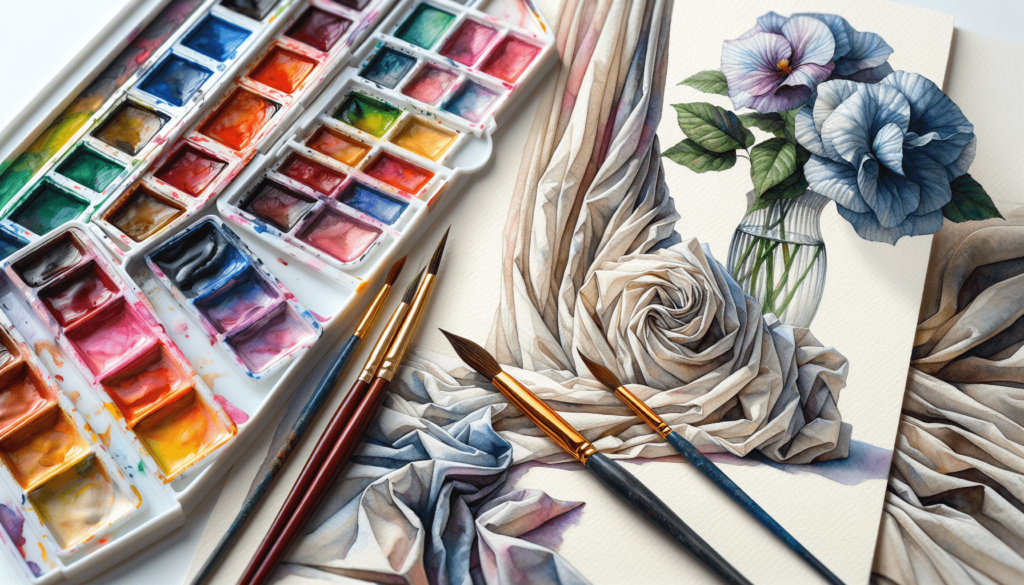
Building Up Values
After the initial wash, the next step involves deepening the values to add dimension and realism to your painting.
Identifying Light and Shadow
Light and shadow play an integral role in how we perceive fabric folds. Typically, the parts of the fold closest to the light source will be lighter, while the recesses will be darker.
Light Source
Identify where your light source is coming from. Visualize or, if possible, realign your reference to mimic natural lighting conditions. This helps in accurately depicting the highlights and shadows on the fabric.
Adding Layers
Start adding subsequent layers of paint to build up the darker values. The wet-on-dry technique is useful here, as it allows for more control over where the paint settles.
Wet-on-Dry Technique
- Prepare Your Paint: Mix a slightly more concentrated version of your base color.
- Apply to Dry Paper: With your brush, carefully apply this paint to the darker areas of your folding fabric. The dry paper will hold the paint in place.
- Blend Edges: Clean your brush and use a damp brush to gently blend the edges of the new layer into the existing wash, creating a smooth transition.
Layering Tips
- Start light and gradually move to darker tones. This prevents over-saturating the paper too early.
- Multiple light layers are better than one heavy application, as they provide more control and depth.
Enhancing Depth and Detail
Subtle Variations
Add subtle variations within the main shadow areas to represent the complex interaction of light with fabric. This can be achieved using slightly different colors or shades of the base color.
Glazing Technique
Glazing involves applying a thin, transparent layer of paint over a dried section. This technique enhances color depth without covering underlying layers.
- Prepare a Transparent Wash: Dilute your color to make a very thin wash.
- Apply Over the Dry Layer: Brush this over parts of your painting to build depth and richness. Ensure that each layer is dry before applying another glaze.
Final Touches
The final touches can often transform a good painting into a great one. This phase is about refining details and adding finishing highlights.
Highlighting
Use a clean, slightly wet brush to lift paint from areas that need to be lighter. Alternatively, you can use a fine brush to add small strokes of white or light-colored paint to depict the highlights.
Adding Texture
To simulate the fabric’s texture, you can use dry-brush techniques or add small, controlled specks of paint to mimic the surface details.
Reviewing and Correcting
Step back and review your work from a distance. This allows you to see the overall effect and identify areas that might need additional attention or correction.
Practice and Patience
Mastering the art of painting fabric folds in watercolor takes time and practice. Don’t get discouraged with initial attempts. Each mistake is an opportunity to learn and improve. Use sketches and smaller compositions to practice different techniques and fold types before incorporating them into larger works.
Continuous Learning
Consider joining workshops, watching tutorials, or participating in art communities to learn from others and get constructive feedback. Improvements often come faster with diverse input and ongoing practice.
Progressive Complexity
Start with simpler compositions and gradually tackle more complex fabric folds as your skills improve. This structured progression can boost your confidence and facilitate steady improvement.
Conclusion
Painting folds in fabric using watercolors is a skill that combines technical knowledge with artistic intuition. By understanding the types of folds, preparing adequately, and using the appropriate techniques, you can create lifelike representations of fabric that add depth and texture to your artwork. Keep practicing, be patient, and continually seek to refine your approach. Through dedication and consistent effort, you will undoubtedly see your skills flourish.
